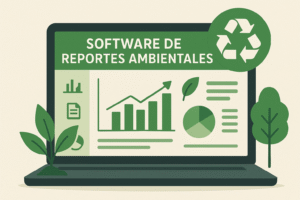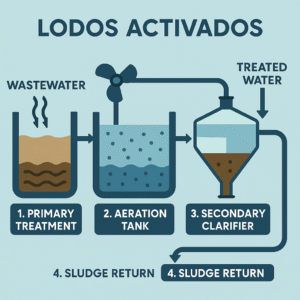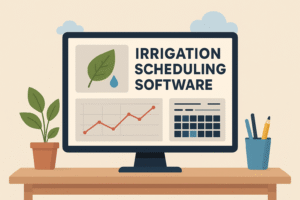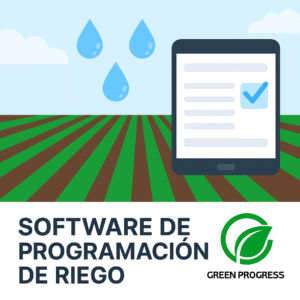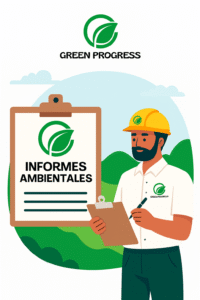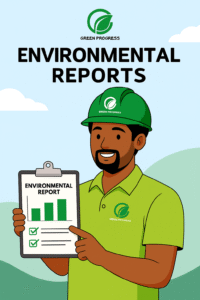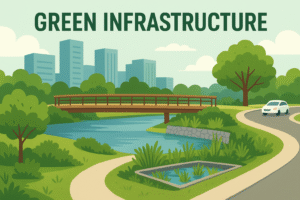Environmental reporting software has become an essential part of every company’s sustainability and compliance strategy. Whether you manage ESG metrics, carbon accounting, or environmental impact assessments, the right platform can transform complex data into actionable insights saving time, reducing costs, and protecting your organization’s reputation.
What Is Environmental Reporting Software?
Key Components and How It Works
Environmental reporting software is a digital solution that collects, analyzes, and reports environmental performance data such as energy use, emissions, and waste management.
Modern systems integrate with IoT sensors, ERP, and GIS to automate data flow, reduce manual errors, and support ESG disclosure frameworks like GRI, SASB, and CDP.
Difference Between Environmental and ESG Reporting
While ESG software covers environmental, social, and governance metrics, environmental reporting tools focus specifically on ecological impact and regulatory compliance. Many platforms today merge both, enabling unified sustainability management.
Why Environmental Reporting Matters for Businesses
Compliance and Risk Reduction
Automated environmental reporting ensures full compliance with environmental agencies like the EPA or EU regulators. By keeping accurate and auditable records, companies avoid fines and improve transparency.
Transparency and Corporate Responsibility
Publishing environmental data builds credibility with investors, customers, and regulators. Sustainable reporting shows that your company walks the talk increasing brand trust and long term value.
Top Benefits of Using Environmental Reporting Tools
Accurate Data and Automated Reporting
These tools centralize all sustainability data, automatically generate reports, and alert users about anomalies ideal for annual ESG reports or environmental audits.
Improved Decision Making and Performance
With built in dashboards and KPIs, businesses can monitor real time environmental performance and make evidence based sustainability decisions.
How to Choose the Best Environmental Reporting Software
Essential Features to Look For
- Scalability
- Customizable dashboards
- Compliance libraries
- Integration options
- Cloud based deployment for secure, remote access for global teams
Integration with ESG and Data Systems
- Easy synchronization with existing ERP, CRM, or GIS systems
- Eliminates data silos
Common Mistakes to Avoid
- Using tools that lack local regulatory coverage
- Relying on platforms without automated updates
- Manual data entry, which is a major source of reporting errors
Best Environmental Reporting Software Comparison (2025)
Comparison Table (Scalability, Modules, Certifications)
| Software | Scalability | Key Modules | Certifications |
|---|---|---|---|
| AMCS Environment Hub | Enterprise | Waste, Emissions | ISO 14001 |
| Enablon | Enterprise | ESG, Compliance, Risk | ISO 27001 |
| Diligent ESG | Mid Market | ESG & Audit | SOC2 |
| FigBytes | SME & Enterprise | GHG, CSR, Water | GRI Compliant |
| SpheraCloud | Enterprise | EHS, Carbon, Risk | ISO 9001 |
Step by Step Guide to Implementing an Environmental Reporting System
Implementing environmental reporting software isn’t just about installation it’s a strategic transformation that requires planning, stakeholder alignment, and data governance.
Phase 1: Data Inventory and Sensor Evaluation
Start by mapping all existing environmental data sources energy meters, fleet fuel records, waste logs, and water consumption. Evaluate whether IoT sensors or smart meters can be added to improve accuracy and automate data collection.
Phase 2: Framework Alignment and Goal Setting
Define which reporting frameworks (GRI, CDP, ISO 14064, TCFD) your company must comply with. Align metrics and reporting frequency accordingly.
Phase 3: Data Migration and Cleansing
Before migration, clean legacy spreadsheets (Excel, CSV) to remove duplicates and unify units (kWh, m³, CO₂e). Use vendor provided templates or APIs to upload historical data.
Phase 4: System Configuration and Automation
Customize dashboards, assign roles, and set automation rules e.g., automatic alerts for emission thresholds or compliance deadlines.
Phase 5: Validation and Continuous Improvement
Conduct a soft launch with test reports, validate data accuracy, and refine workflows. Periodically audit KPIs and expand the scope to new facilities.
Security, Governance & Data Protection
As environmental reporting systems handle sensitive ESG data, robust cybersecurity and governance protocols are non negotiable.
Data Security Standards
Choose software certified under ISO 27001, SOC 2, and GDPR compliance. These standards ensure data integrity, access control, and encrypted storage.
Governance Framework
Establish internal roles for sustainability officers and IT administrators. Implement multifactor authentication (MFA), audit logs, and least privilege access.
Cloud Security & Backups
Opt for vendors offering secure cloud hosting (AWS, Azure) with disaster recovery and real time backup replication.
Regulatory Compliance
Ensure your provider aligns with regional privacy laws such as CCPA (California), GDPR (Europe), and LGPD (Brazil).
Essential Environmental KPIs for Reporting
Common KPIs include:
- CO₂ emissions (Scope 1, 2, 3)
- Energy intensity per revenue
- Water withdrawal and discharge
- Carbon footprint per product
Advanced KPIs
- Renewable Energy Ratio and Carbon Offset Credits.
- Supplier Sustainability Scores via ESG integrations.
- Material Circularity Indicators (MCI) for manufacturing.
Automating KPI tracking enables real time dashboards and benchmarking across plants or subsidiaries.
Trends in Environmental Reporting Technology
AI & Machine Learning for Predictive Reporting
AI models can identify anomalies in emission data, predict future environmental risks, and recommend corrective actions. For example, ML algorithms can forecast seasonal emission peaks or detect sensor malfunctions.
Blockchain for Transparency
Blockchain based ledgers guarantee tamper proof ESG data, ensuring verifiable audit trails for investors and regulators.
Real Time Dashboards & API Integrations
Next gen systems provide interactive dashboards, API connectivity with ERP/IoT, and natural language summaries powered by AI.
SaaS & Low Code Customization
Modern platforms enable drag and drop report creation, cutting IT dependency and accelerating ESG reporting cycles.
Examples of Leading Environmental Reporting Solutions
Enterprise Level Tools
- Enablon: Offers integrated EHS-ESG compliance, risk management, and advanced analytics.
- SpheraCloud: Specializes in carbon management and chemical compliance for global corporations.
Mid Market / SME Tools
- Diligent ESG: Cloud based platform ideal for mid sized firms needing quick deployment.
- FigBytes: Combines storytelling dashboards with CSR and water footprint modules.
Sector Specific Solutions
- Energy & Manufacturing: AMCS and Cority with GHG tracking.
- Agriculture: Tools with water and soil metrics integration.
- Urban Planning: GIS enabled systems linking city emission maps.
Each solution differs in focus select based on regulatory scope, scalability, and regional support.
The Future of Environmental Reporting Software
As ESG regulations tighten, adopting advanced environmental reporting software is no longer optional it’s a strategic investment. Companies that digitalize sustainability data now will lead in transparency, compliance, and market trust.
Frequently Asked Questions (FAQ)
What is the difference between ESG and environmental reporting software?
ESG tools track social and governance aspects too, while environmental reporting software focuses on ecological metrics and compliance.
Can automation improve compliance reporting?
Yes automation ensures accurate, timely submissions and reduces manual workload.
Is environmental reporting software suitable for small businesses?
Absolutely. Many SaaS providers offer scalable solutions with affordable pricing.
